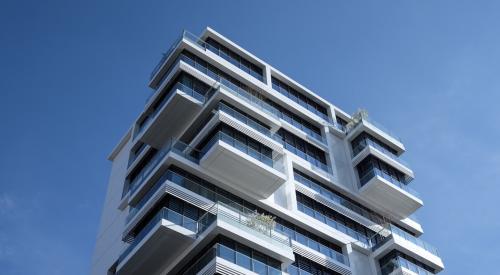|
Chuck Shinn, President, Lee Evans Group
cshinn@ leeevansgroup.com
|
Sales and marketing expenses should be held to 6% of home building revenue, but builders have a hard time hitting that target. We often see these costs at 8% to 10%, for subtle and insidious reasons.
For one thing, this is a big cost category. You’re monitoring in-house sales and marketing salaries and commissions, taxes and benefits; outside brokerage commissions; sales office expenses; advertising and sales promotions; model home merchandising and maintenance; sales and marketing fees; and myriad other marketing expenses.
Target your internal sales commissions, salaries and benefits at 1.5% of revenue, which is adequate most of the time. However, during sales slowdowns, builders tend to raise the commission structure to 2% for internal sales staff. The trouble, of course, is that when the market strengthens, they have a hard time bringing the commission structure back down.
Target 2% for brokerage commissions to external salespeople. The underlying assumptions are that the co-op commission is 3% and that two-thirds of home sales involve an external salesperson. Many builders still discourage Realtor involvement, which is dumb because they are repeat customers. An active Realtor participation program encourages agents to bring one customer after another to your communities.
Advertising and sales promotion are extremely difficult to hold down to the targeted 1% of revenue. This category includes newspaper, radio and television advertising; billboards; signage; collateral materials; multiple listing fees; and ad agency commissions.
To control these costs, keep them within a tightly focused program aimed at the primary market area for each development, and monitor the ads’ effectiveness regularly. One way to determine your primary market area is to analyze traffic (registration cards) by ZIP code on a regular basis.
Public relations provides low-cost marketing that’s often just as effective as expensive display ads. Cultivate a relationship with the local newspaper’s real estate editor. By being an informative and quotable source, you get editorial coverage that carries a subtle sense of third-party endorsement. No paid display ad can match that effect.
Referrals from home buyers to friends and relatives provide perhaps the most cost-effective marketing of all. Of course, to develop an effective referral program, you must deliver great homes at closing and be very good at warranty service. (Most referrals occur during the first year of homeownership, which is also when warranty work happens.) But to maximize referrals, you have to ask for them. Builders with good referral programs have been surprised just how much they affect the bottom line.
Target your model homes and sales office expenses at approximately 1% of revenue. Balance the number of models with the available lots in the community. The costs associated with merchandising, maintenance and carrying costs of model homes have risen, so the number of lots required per model has increased over the years. Currently, it appears builders need 50 to 75 lots for each model home.
When selecting which house plans to model, keep in mind that you will sell mostly what you model. So don’t model a loss leader. Instead, pick your highest gross profit producers. And merchandise them to sell houses, not to win design awards.
|












